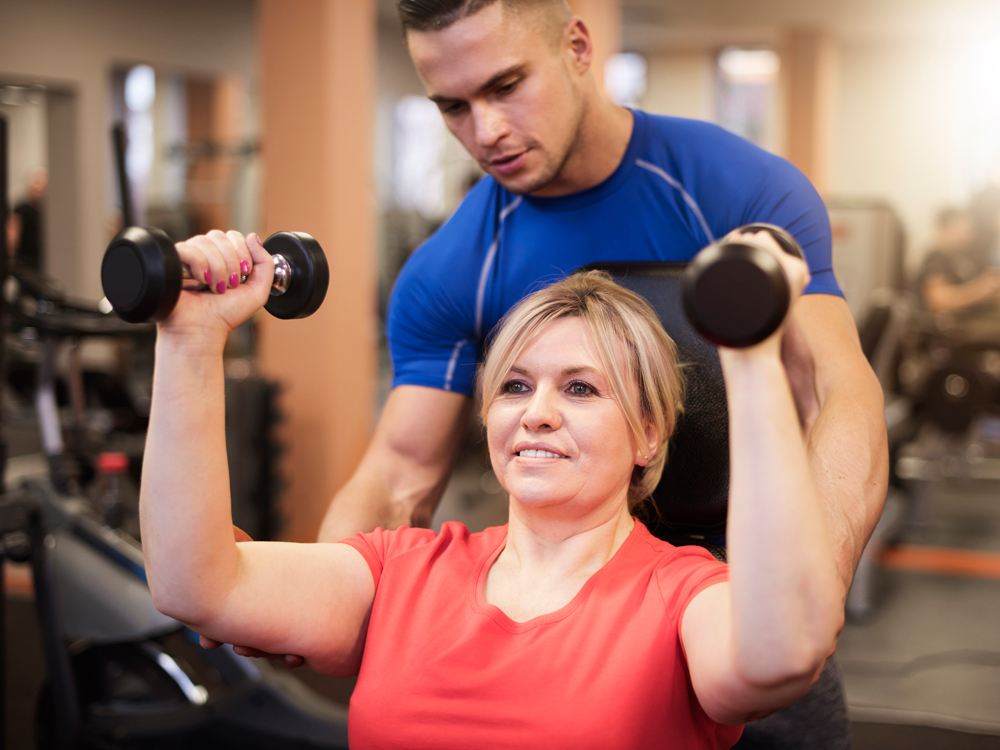Get Easy Health Digest™ in your inbox and don’t miss a thing when you subscribe today. Plus, get the free bonus report, Mother Nature’s Tips, Tricks and Remedies for Cholesterol, Blood Pressure & Blood Sugar as my way of saying welcome to the community!
Exercising for maximum results and minimum injury

Any exercise can cause injury. However, correctly lifting with the right muscles and engaging other muscles correctly to stabilize and hold you in the right position can significantly reduce your risk of injury from exercise. It is far more beneficial for you to be exercising than not.
Let’s explore some common errors with exercise and simple corrections to keep you injury free using the chest press as an example. Women carry the weight of the world on our shoulders, so this exercise, done right, is extremely beneficial for you…
- Know that your body may have imbalances before you start exercise. Beginning an exercise program that assumes you’re balanced can then amplify those imbalances. Get a postural assessment and what’s called a movement screen before you begin to exercise. A qualified and experienced personal trainer will be able to do that for you.
- You don’t always want to take your joints to the maximum range of motion. For optimal joint integrity you want both mobility and stability. That sometimes requires stopping before you’ve gone as far as the joint will allow you to go in any movement. Often that stop point is even with the body or torso if we’re talking about a push motion (like a chest press) or a pull motion (like a row). In these examples that protects the shoulder joint.
- Always be conscious of the position of your lower back and pelvis. Standing postures during weight training can be tricky. They require you to think about several things at one time in order to do an exercise correctly while you stabilize the lower back. Using a ball as a bench in the video example also demonstrates the need to maintain the neutral position when the torso is horizontal.
- The neck is often compromised if you’re not consciously thinking about it during exercise. In exercises for the upper body the shoulders can often creep up toward the ears causing unnecessary stress in the neck. The video example demonstrates how easy it is to hold the head in an awkward position. It’s also common to literally pull on the neck while doing core exercises.












